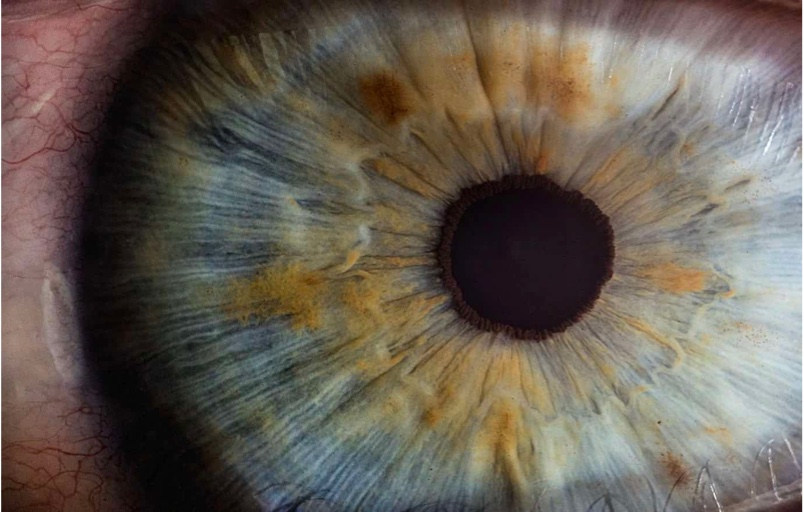
According to the study, keratinization of the reconstructed corneal epithelium occurred on the LAM and CAM at/in the air liquid culture after six days. The basal layer of normal limbal epithelium presented excellent proliferating cells; the corneal epithelium reconstructed on the LAM and CAM also had excellent proliferating cells, with additional in the six-day cultures. The results demonstrate/prove that the LAM can also serve as a stem cell niche, in a similar or slightly better manner than the CAM.
The study states: “A LAM has a higher rate of graft take, longer shelf life, is easier to store, and safer, due to gamma irradiation, than a CAM.”
Conclusion
The use of LAM is recommended due to its many advantages. The study states: “A lyophilized amniotic membrane (LAM) has a higher rate of graft take, longer shelf life, is easier to store, and safer, due to gamma irradiation, than a cryopreserved amniotic membrane (CAM).”
The reconstructed corneal epithelium model in this study is expected to be a relevant in-vitro model for transplantation in patients with damaged cornea.
Comparison Review
Lyophilized Membrane with Cryopreserved Amniotic Membrane
Author: Oculus Biologics
The body’s primary response to injury is to repair itself and maintain homeostasis for survival. This process, known as tissue recovery, involves inflammation, cell proliferation, and tissue regeneration.
Human amniotic membrane is widely used by providers to supplement and repair damaged tissue, as well as to enhance and restore tissue function. Thus, amniotic membrane is utilized by eye care providers to serve as a natural barrier and to support reepithelization through its growth factor-rich matrix.
Cryopreserved amniotic membrane (CAM) and lyophilized amniotic membranes (LAM) are being used by optometrists and ophthalmologists to facilitate healing with epithelial defects, LSCD, dry eye disease, degeneration, infection and inflammation disorders.